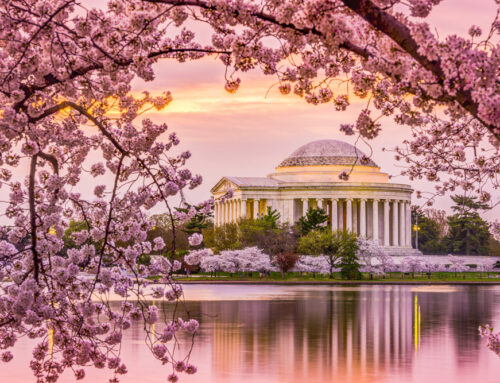Discover Chicago’s Iconic Architecture on Your Next Visit
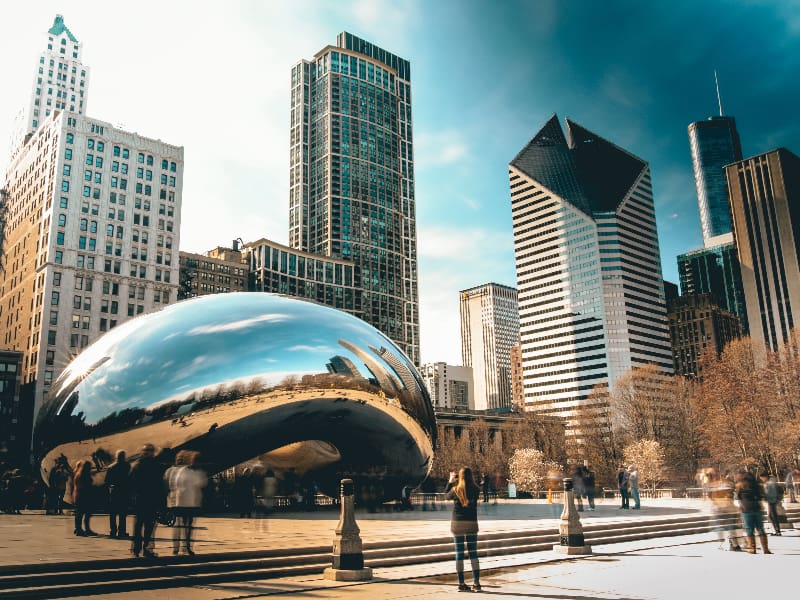
Iconic Chicago Architecture That Will Bring Your Visit to New Heights

In 2017, a record 55 million tourists visited Chicago. And while the global pandemic has greatly affected tourism, there are definite signs of recovery. In the next few years, the city will see a new influx of visitors, and if you aim to be one of them, you might want to make a list of all the sights to see. What better way to do that than paying a visit to some of the city’s most famed architectural landmarks?
In this article, we go over some of the best-known buildings in Chicago with spectacular architectural designs. Some of them are historical, others more contemporary. But they all accomplish the same feat — they take your breath away at first sight.
List of Iconic Landmarks in Chicago
Willis Tower
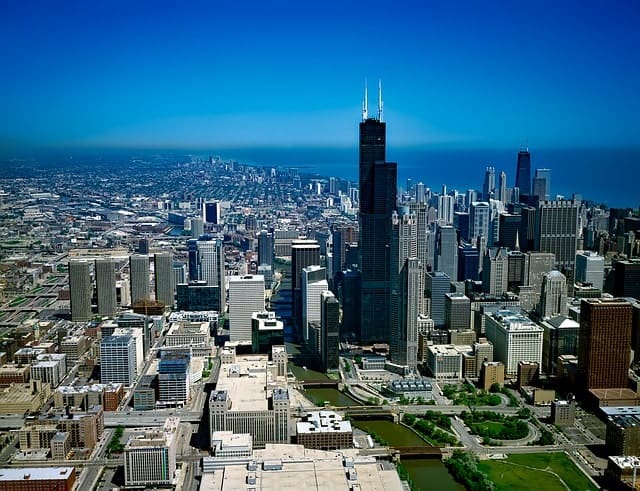
The 1,450-foot Willis Tower is possibly the most defining landmark of Chicago, with the previous distinction of being the tallest building in the world at one point. Commonly referred to as the Sears Tower, the building is a wonder of modern engineering and a monument to internationalism. The contemporary appeal of the Willis Tower is in its practicality more so than its aesthetics. It’s a building for the modern business owner and a feat of urban achievement.
Aqua
Located in the Lakeshore East development, the Aqua is one of the youngest buildings in Chicago to dazzle with its splendid architectural design. The team behind the skyscraper’s inception was Studio Gang. They stated that they found inspiration for the unique wavy concrete floor slabs in the local geology. Striated limestone outcroppings are quite common in the Great Lakes, which is why Aqua feels so at home near the lake coastline.
Tribune Tower
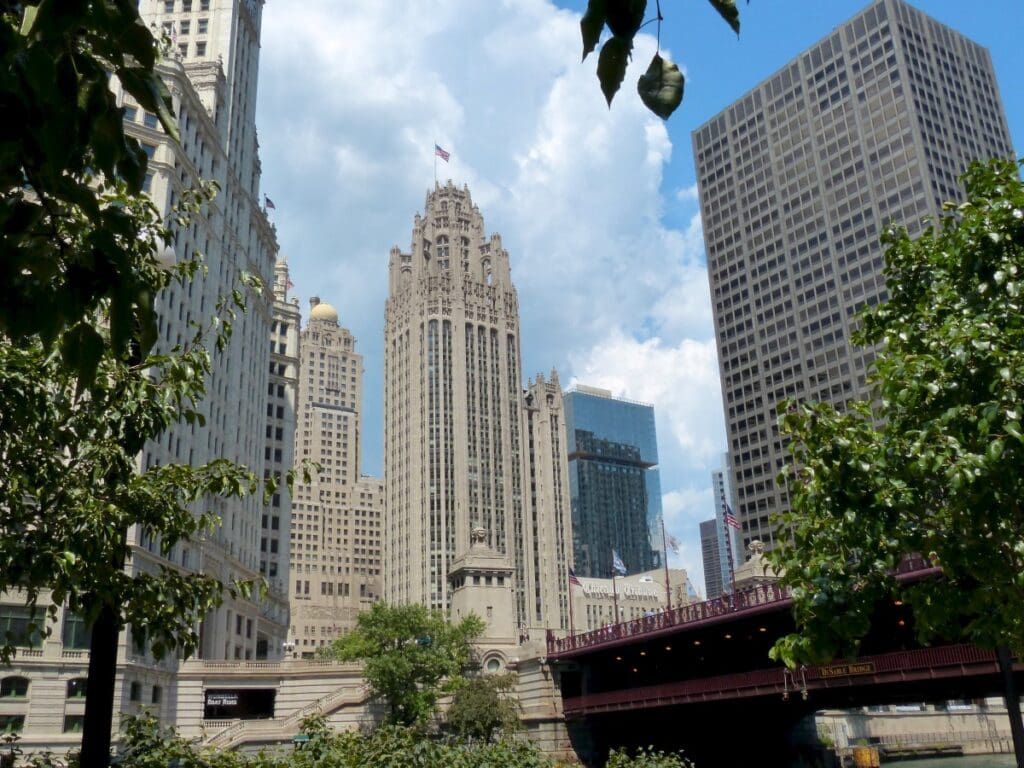
Neo-Gothic was an incredibly popular architectural style in the early 20th century. And there are no better examples of it than with the famed Tribune Tower. Built between 1923 and 1925, it stands as a visual marvel. The main features of Tribune are its characteristic buttresses which surround the tower’s peak. In addition, fragments from many different buildings and structures from around the world were added to the tower’s walls. Some of those fragments came from other famous places, like:
- The Great Pyramid
- Taj Mahal
- The Parthenon
- Notre Dame in Paris
- The Palace of Westminster
- The Great Wall of China
The Wrigley Building
Almost right across the street from the Tribune Tower, the so-called Wrigley Building actually consists of two separate buildings. It was built a few years before the Tribune Tower and owned by chewing gum magnate William Wrigley Jr. These buildings have the characteristic Spanish Colonial Revival style, with glazed terracotta walls, double-hung windows, and an impressive clock tower. The two buildings are connected by three walkways, with one being at the ground floor, one at the third, and one at the fourteenth. The last one was added in 1931.
Bush Temple
The French Renaissance Revival was huge in the early 20th-century America, so it’s no wonder that 1901 would see Chicago build the famed Bush Temple. It stands as a reminder of the historical importance of piano manufacturing in Chicago, as the city was once world-renowned for the quality of its instruments. The building underwent restoration in 2017 and has been serving as an apartment complex ever since.
Chicago Water Tower
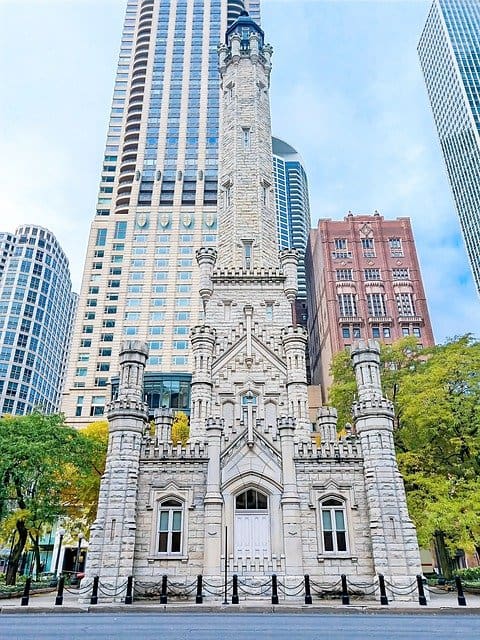
Why would there be a tiny castle in the middle of Chicago? Well, if someone were to tell a tourist that the little castle is actually a water tower, they might end up even more confused than before. But the Chicago Water Tower, as odd as it might appear, is one of the oldest landmarks of the city, built all the way back in 1869. This castle-like structure famously survived the Great Chicago Fire of 1871 and has stood tall and proud ever since.
All Saints Episcopal Church
Built in 1883 in Ravenswood (before it was annexed to Chicago in 1889), the All Saints Episcopal Church is a wonder of the so-called stick style of architecture. That’s rather unique, as stick style, much like the French Renaissance Revival, remains rare in both Chicago and the surrounding neighborhoods. Some of the Church’s best features include its decorative shingles, vertical beams, and a splendid bell tower that operates to this very day. It’s not as tall or monumental as other entries here, but its design and historical value for the Ravenswood community are undisputed.
Civic Opera Building
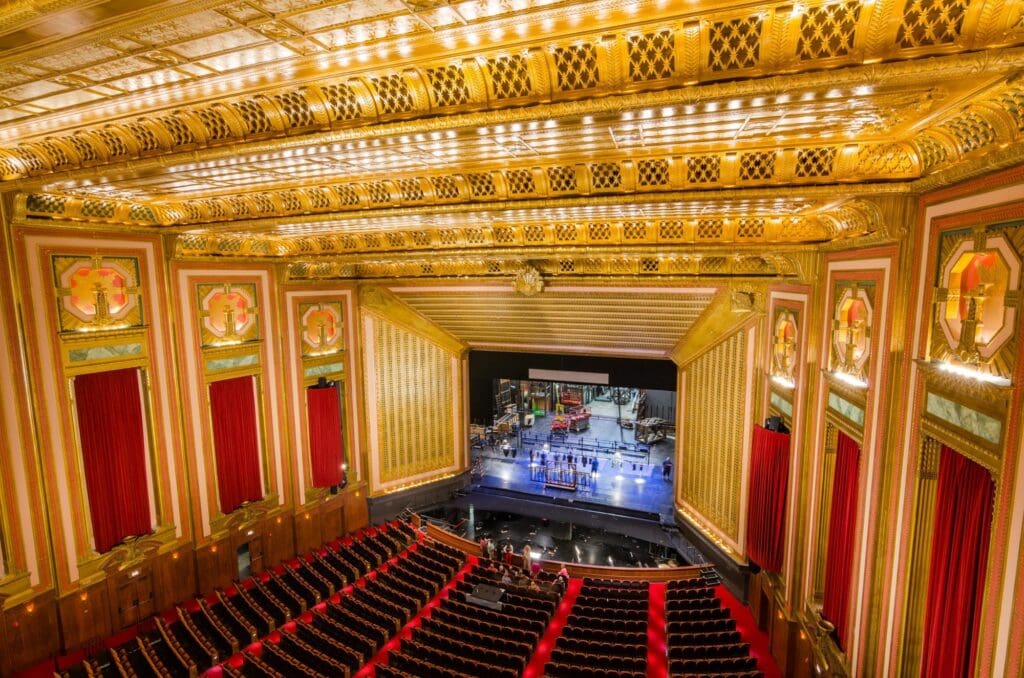
The impressive Civic Opera building, currently owned by the Lyric Opera of Chicago, represents the best that art deco has to offer. The man who commissioned the building back in 1927, Samuel Insull, envisioned it to look like a huge armchair, deliberately turning its back to New York. The astounding, steep walls and brutally efficient design make this building an intimidating yet fascinating staple of the city.
Merchandise Mart
Merchandise Mart is another example of art deco done right. It was, at one point, the biggest building in the world in terms of total floor area, and even today it has an impressive 4-million square feet of floor space. In fact, until 2008, the Mart had its own zip code, which few buildings in the world can boast about.
The Rookery
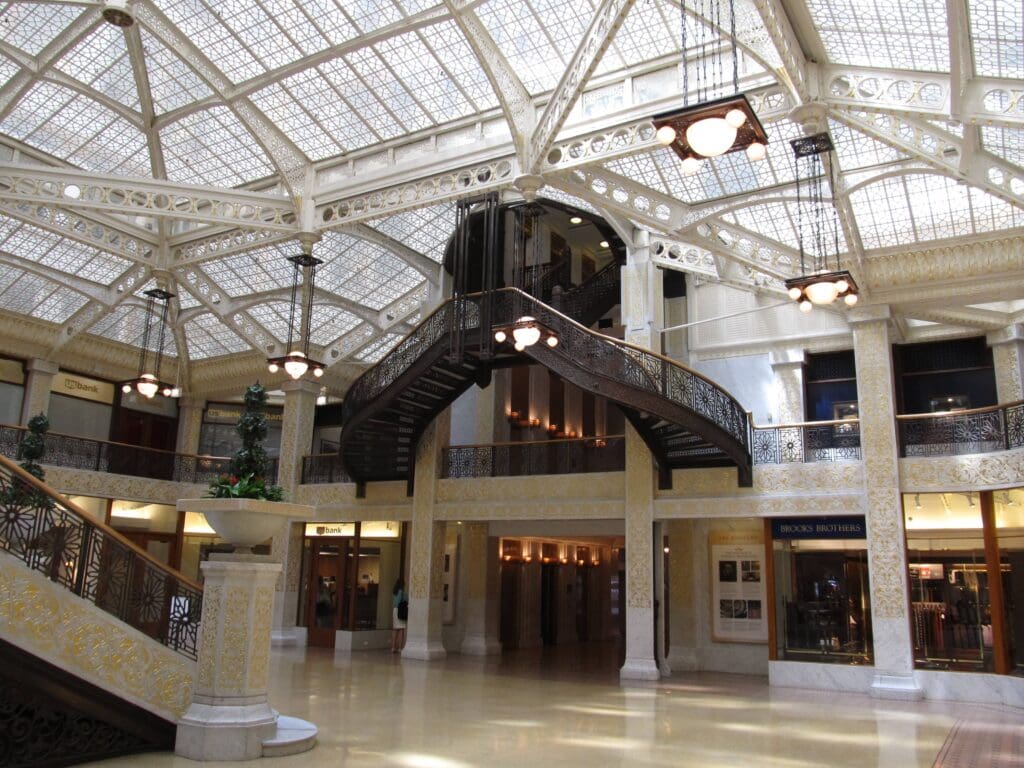
What better way to round off this list than with a true Chicago original, the famed Rookery building? Not only is it one of the oldest high-rise structures in Chicago still standing, but it’s also the masterpiece of the so-called Chicago school of architecture. The early use of steel-framing and limited outside ornamentation are a staple of this style. Of course, you can see quite a bit of that in the Rookery itself. However, the architects introduced a variety of different elements and motifs from other architectural styles in order to make the building stand out. And even in 2021, it’s a monument to ingenuity and originality.
Chicago Architecture: Conclusion
Naturally, these are just ten examples of what Chicago has to offer in terms of architectural wonders. The city is full of buildings with historical, commercial, and even artistic value, be they from two centuries ago or less than a few decades old. We can’t stress enough how the architects of Chicago have always been innovative and had a profound sense of aesthetics. You will no doubt feel the same way once you visit this city and check these architectural masterpieces out yourself.

